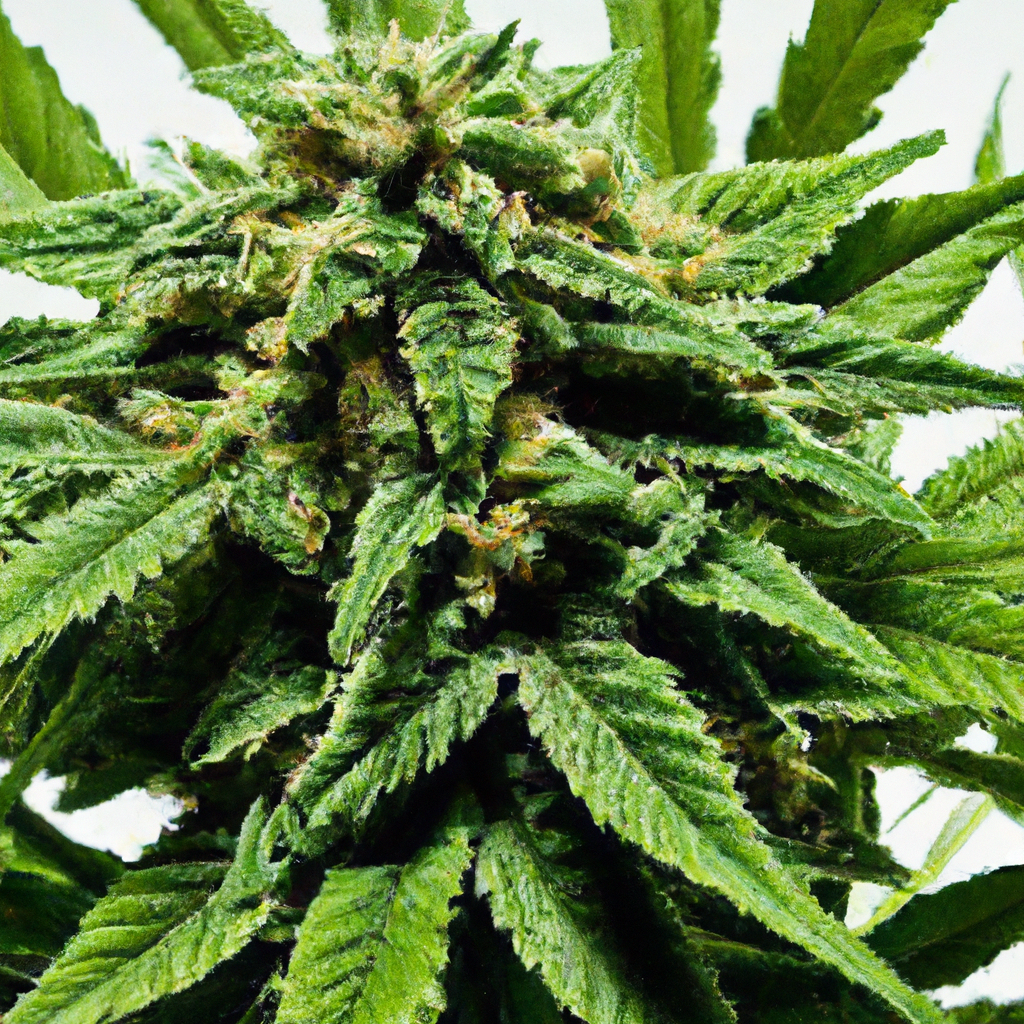Your cart is currently empty!
Growing cannabis successfully requires careful attention to various factors, one of which is ensuring that your plants receive the right nutrients. However, even with the best intentions, nutrient lockout can occur, significantly hindering plant growth and yield. In this article, we’ll explore the causes of nutrient lockout, how to identify it, and practical solutions to ensure your cannabis plants thrive.
Understanding Nutrient Lockout
Nutrient lockout occurs when plants cannot absorb nutrients from the soil, even if they are present. This can lead to deficiencies and poor plant health. There are several reasons why nutrient lockout may occur:
- pH Imbalance: The wrong pH level in the soil can prevent roots from taking up nutrients.
- Excess Salt Buildup: Too much fertilizer can lead to a buildup of salts, which in turn causes nutrient lockout.
- Improper Watering: Overwatering or underwatering can contribute to an environment that encourages lockout.
Identifying Symptoms of Nutrient Lockout
Recognizing the signs of nutrient lockout early is crucial for timely intervention. Look for these symptoms in your cannabis plants:
- Chlorosis: Yellowing of leaves, while veins remain green, often indicates a deficiency in essential nutrients.
- Stunted Growth: If your plants are not growing as expected, despite adequate lighting and water, nutrient lockout may be the cause.
- Leaf Curl and Burn: Leaves that appear burnt or curl at the edges may be experiencing a nutrient overdose caused by lockout.
Practical Solutions to Combat Nutrient Lockout
Once you’ve identified nutrient lockout, follow these steps to correct the issue:
1. Check and Adjust pH Levels
Ensure the pH level of your soil or growing medium is within the optimal range of 6.0-7.0 for soil and 5.5-6.5 for hydroponics. Use pH testers to regularly monitor the level, and apply pH up or down solutions as needed.
2. Flush Your Plants
Flush your plants with plain pH-balanced water to remove excess salts and reset the nutrient balance. This should be done cautiously to prevent overwatering.
3. Regulate Fertilization
Adjust the frequency and concentration of your nutrient solution. Gradually reintroduce nutrients at a reduced strength after flushing to prevent recurrence.
4. Improve Watering Practices
Ensure you are watering your plants adequately and consistently. Proper drainage and avoiding waterlogging are key to preventing nutrient lockout.
Conclusion
Nutrient lockout can frustrate even the most experienced cannabis growers, but with vigilance and proactive soil management, it can be prevented and corrected. Regular monitoring of pH levels, careful fertilization, and proper watering are crucial to ensure that your cannabis plants flourish. By understanding and addressing nutrient lockout, you can maximize your crop’s health and yield.
Discover more from Magic Clones
Subscribe to get the latest posts sent to your email.


Leave a Reply